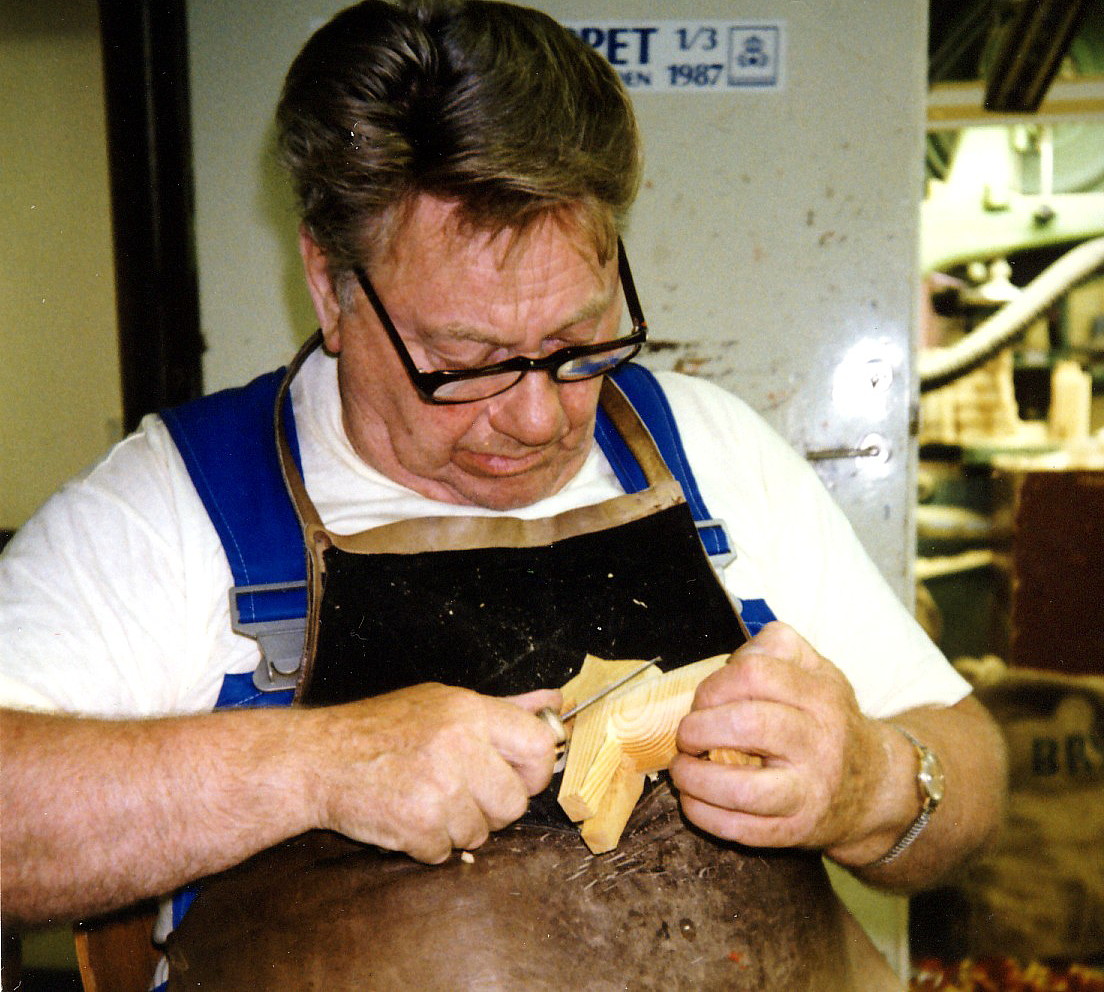Scandinavian Flat-plane Style Of Woodcarving on:
[Wikipedia]
[Google]
[Amazon]
 The
The
 The
The Scandinavia
Scandinavia; Sámi languages: /. ( ) is a subregion#Europe, subregion in Northern Europe, with strong historical, cultural, and linguistic ties between its constituent peoples. In English usage, ''Scandinavia'' most commonly refers to Denmark, ...
n flat-plane style of woodcarving
Wood carving is a form of woodworking by means of a cutting tool (knife) in one hand or a chisel by two hands or with one hand on a chisel and one hand on a mallet, resulting in a wooden figure or figurine, or in the sculptural ornamentation ...
is a style of figure carving. The figures are carved in large flat planes, created primarily using a carving knife
A knife ( : knives; from Old Norse 'knife, dirk') is a tool or weapon with a cutting edge or blade, usually attached to a handle or hilt. One of the earliest tools used by humanity, knives appeared at least 2.5 million years ago, as evidenced ...
. Tool marks are left in the carving and very little (if any) rounding or sanding
upright=1.35, Sheets of sandpaper with different grit sizes (40 (coarse), 80, 150, 240, 600 (fine)).
Sandpaper and glasspaper are names used for a type of coated abrasive that consists of sheets of paper or cloth with abrasive material glued to ...
is done. Emil Janel
Emil Janel (21 September 1897 – May 1981) was a Swedish-born, American artist. A still life painter, he is mainly known for his caricatures in the Scandinavian flat-plane style of woodcarving, and is considered by many to be one of the best o ...
, a Swedish-born American artist, was considered by many to be one of the best of this genre.
A common example of the style is the Dalecarlian horse
A Dalecarlian horse or Dala horse (; Swedish: ''Dalahäst'') is a traditional carved, painted wooden statue of a horse originating in the Swedish province of Dalarna (Dalecarlia). In the old days the Dalecarlian horse was mostly used as a t ...
, whose distinctive shape is due to this manner of carving.
References
* Woodcarving {{decorative-art-stub